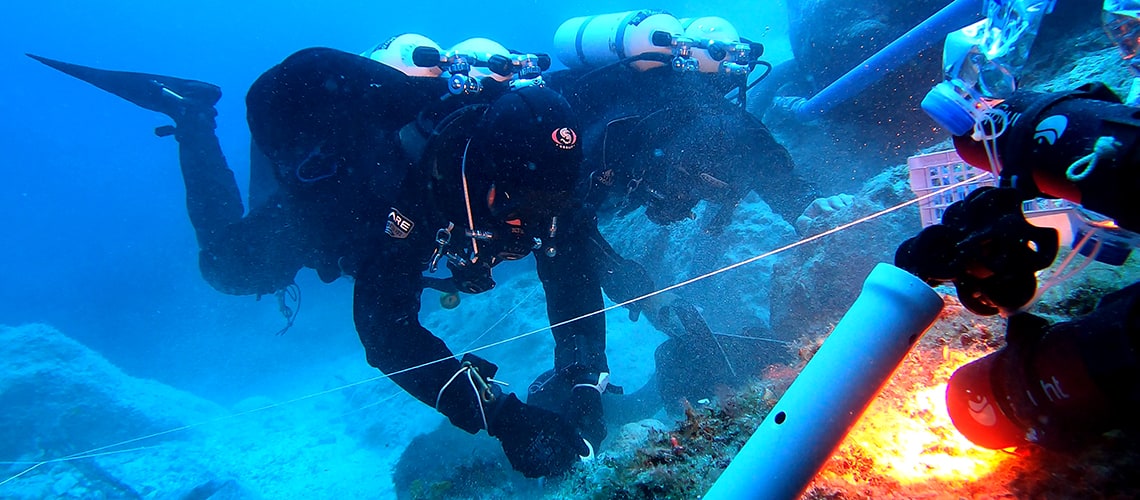Fragments of marble statues, pottery, glassware, and various elements of the ship’s structure, such as copper alloy, lead, and wood, were discovered during the excavation.
Among the marble fragments, one potentially belongs to the beard of the previously discovered head of Herakles during the 2022 expedition. These findings reinforce the cultural and artistic significance of the Antikythera wreck.
Furthermore, a thrilling discovery was made at a higher level of excavation. Several fragments of late ceramics indicate that another vessel, likely smaller, met the same tragic fate during proto-Byzantine times.
This newfound information offers intriguing insights into the maritime history of the region, highlighting the importance of continuing archaeological research in this area.
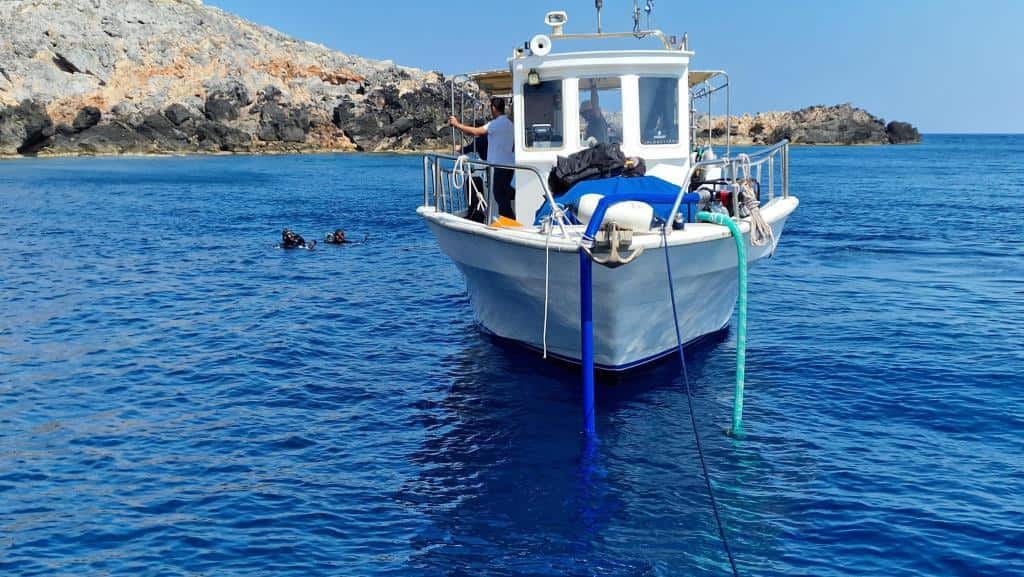
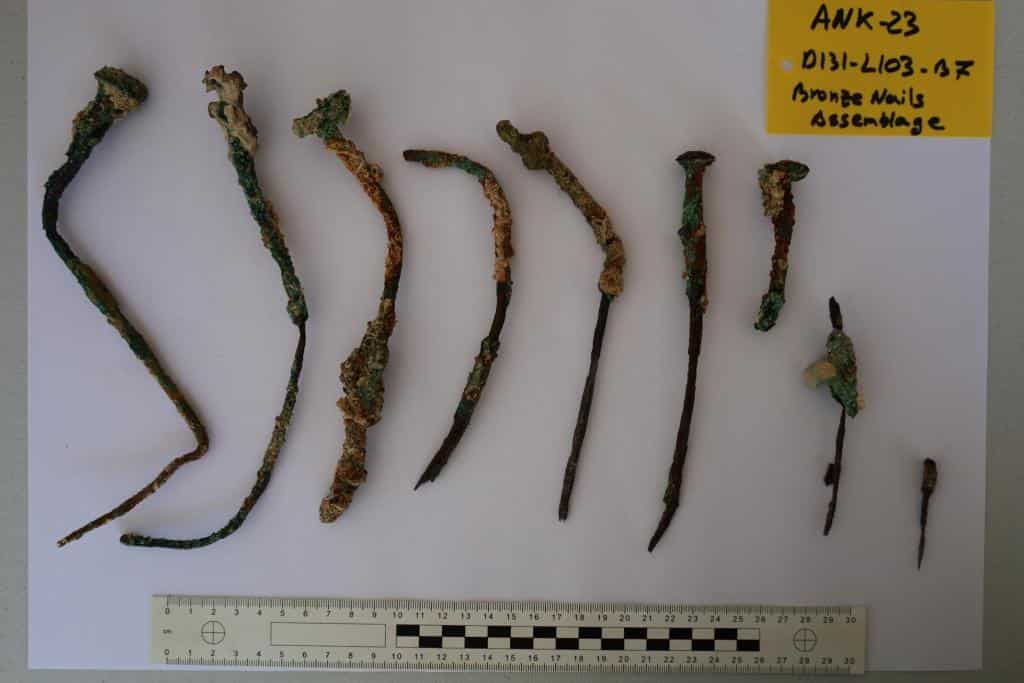
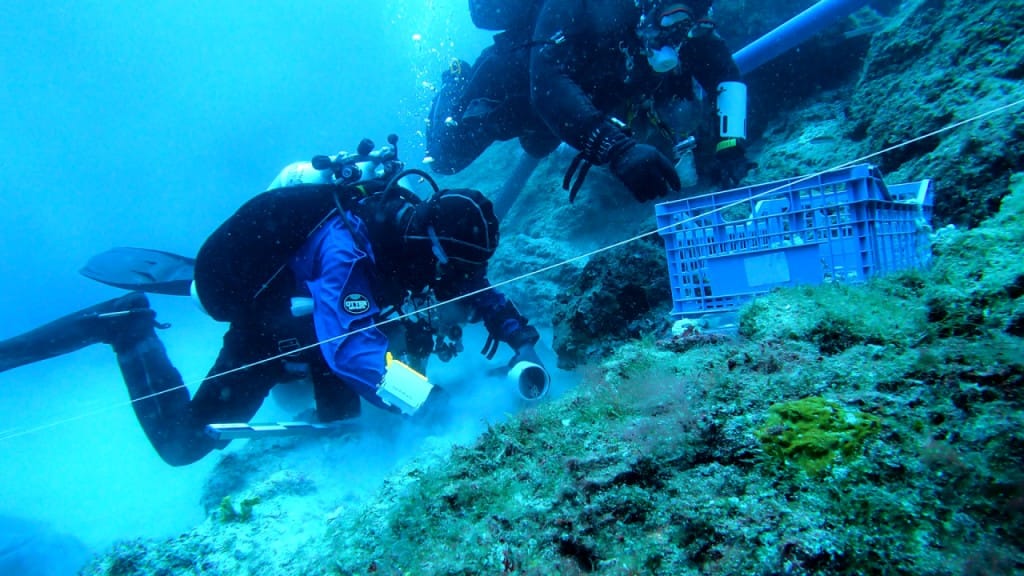
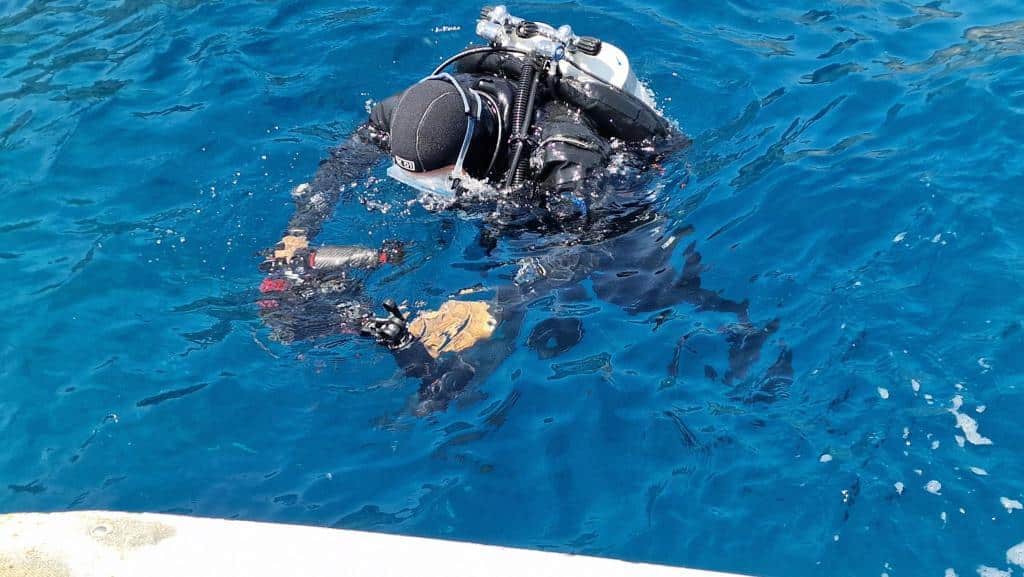
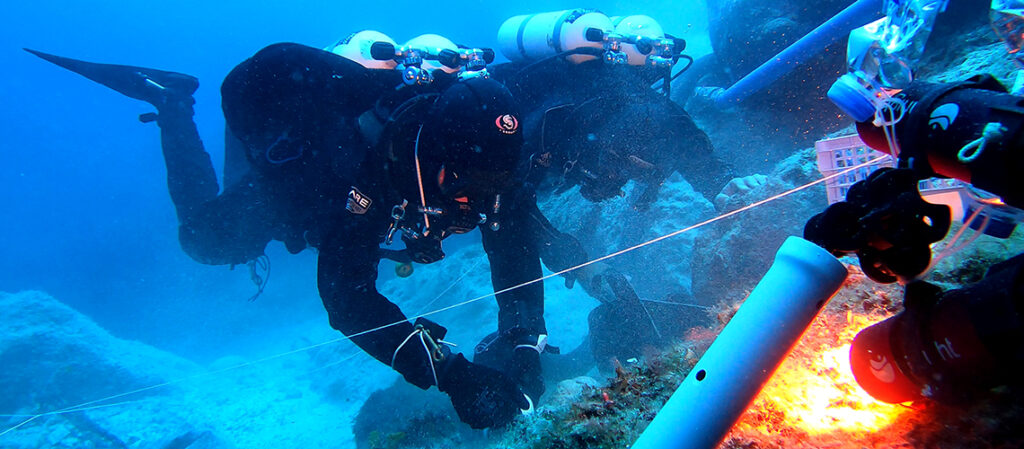
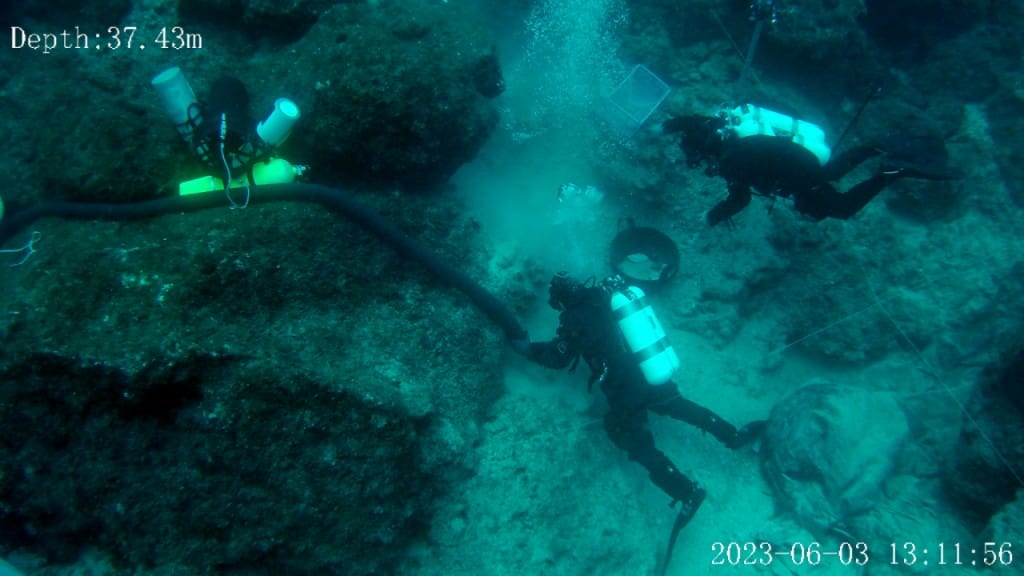
The Antikythera wreck, which dates back to the first half of the 1st century BC, is the most substantial ancient wreck ever found in Greece. It was initially discovered by chance off the coast of the island of Antikythera in 1900.
Excavations were conducted by Commander Cousteau in the 1970s and Greek archaeologists from 2012 to 2020. Since 2021, the University of Geneva has taken charge of the project, overseen by the Swiss Archaeological School in Greece. The Ephorate of Underwater Antiquities supervises underwater operations, with the project enjoying the patronage of the President of the Hellenic Republic, Mrs. Katerina Sakellaropoulou.
The primary objective of the project, supported by the Aikaterini Laskaridis Foundation, Swiss watchmaker Hublot, and the Nereus Research Foundation, is to gain a deeper understanding of the ship, its route, its cargo, and the current condition of the wreck.

